
The Ancient Giants of America ruled as kings.
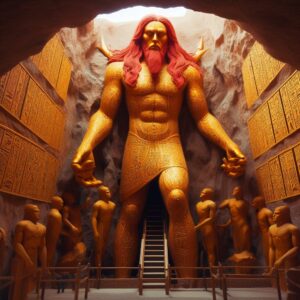
Below this blog, there’s a full documentary video about American giants.
Abraham Lincoln, in a speech from 1848, notably remarked, “The eyes of that species of extinct Giant, whose bones fill the Mounds of America, have gazed on Niagara, as ours do now.” This statement underscores a long-standing intrigue surrounding the ancient mounds scattered across the United States, particularly in West Virginia, which are central to the narrative of the Giants who were once thought to have inhabited America.
The mounds in West Virginia, notably in Charleston, Wheeling, and Moundsville, are some of the most prominent in terms of size and quantity in the U.S. In 1883, a significant excavation was undertaken by the Smithsonian Institute at the South Charleston Mound. Led by Colonel Morris, the team conducted a thorough investigation of the 50 mounds found there, compiling a comprehensive report. This report detailed the discovery of several giant skeletons, one measuring 7 feet 6 inches in height and adorned with heavy copper bracelets and mica plates.
Additionally, another mound revealed a unique arrangement of ten skeletons encircling another giant, alongside underground vaults, various ornaments made of copper and mica, religious artifacts, pipes, and spearheads. At a depth of nine feet, the team unearthed another giant in a bark coffin, notable for its “compressed or flat-head type” skull, resembling the “conehead” characteristics found in other regions like South America and Egypt.
The exploration continued in Wheeling, WV, where archaeologists discovered more giants with heights ranging between 6 feet 7 inches to 7 feet 6 inches. These skeletons had unusual skull shapes with low, gradually sloping foreheads and prominently protruding rear skulls, differing significantly from modern human skulls.
Near these discoveries, an eight-mile wall and a hilltop temple were located in Marshall County on Mount Carbon. Downstream along the Cheat River, settlers in 1774 came across what they termed “The Giant Town,” which included numerous large skeletons, the most notable being an 8-foot-tall male. These findings contribute to a fascinating chapter in American archaeology, offering a glimpse into a mysterious and ancient past that continues to captivate researchers and historians.
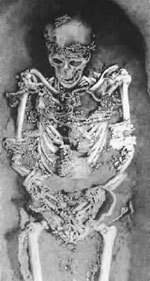
In New York State and New England, human remains dating back to at least 9,000 B.C. reveal a history rich with ancient tales. A 1983 report by the Syracuse Herald American highlighted the discovery of 1,400 artifacts at Phoenix Hill by anthropologists from the Buffalo Museum of Science. Further back, in 1824, “A History of Livingston County, New York” documented the 1811 uncovering of a giant’s remains in Mount Morris, so large that a man named Adam Holslander could fit the giant’s jawbone over his own face.
The mystery deepened in 1871, when a Cayuga, NY newspaper reported the excavation of 200 skeletons from a mound by the Grand River, with many measuring over seven feet in height, some even reaching nine feet. In Dunville, NY, artifacts suggesting an ancient forge were found, alongside giant skeletons with extraordinarily large skulls.
The Cardiff Giant, a statue resembling an 11-foot-tall man carved from white alabaster, complete with hieroglyphic inscriptions, captivated the world when displayed in New York City. Despite being declared a hoax by newspapers, some scholars from Harvard and other institutions insisted on its authenticity.
Ohio stands out for its diversity of archaeological finds. Giants ranging from 8 to 10 feet tall have been discovered, along with hieroglyph-inscribed Cincinnati tablets, textiles akin to those from Assyria and Babylon, and evidence of advanced brain surgery and metallurgy. Remarkable finds include a metal bird, intricately carved pipes, and a giant encased in copper armor.
Similarly, Indiana has yielded numerous fascinating discoveries, including eight skeletons buried in a circle, one clad in copper armor. Military exercises led to the uncovering of a giant’s skeleton in a secret cave, while other giants were found in various mounds, some with double rows of teeth.
The Cahokia Mound Complex in Illinois is as grand as the Great Pyramid, housing 120 major mounds. Its largest earthwork, Monk’s Mound, parallels the precision of ancient sites like Stonehenge. A significant discovery at Mound 72 included a man buried with over 20,000 shell beads in a falcon shape. Other findings include a copper workshop, repousse copper plates, and Roman-like inscribed tablets.
The Dickson Mounds Museum, once the world’s largest Neolithic burial site, housed thousands of unusual and giant skeletons, though they were later reburied by local tribes.
Despite the historical significance of these mounds, many have been destroyed due to urbanization and farming. Efforts to preserve these sites have been ongoing since the early 20th century, but recognition and protection of these ancient mound builders have been slow, with many of their contributions still shrouded in mystery.
The Isle Royal in Lake Superior, near Michigan’s Keweenaw Peninsula, plays a pivotal role in understanding America’s mound builders. Its unique geological formation has led to the creation of some of the purest copper in the world. This region is marked by ancient mining pits, some as deep as 20 feet. Dating techniques suggest these mines were active as far back as 5700 years, with some areas dating even earlier to 8-10,000 years. Estimates indicate that over 500,000 tons of copper were extracted over millennia. Drier and Du Temple, in their 1961 publication, proposed that over 1.5 billion pounds of copper might have been mined. Despite speculation on its usage across the U.S., the sheer volume of copper extracted remains a mystery.
The Iowa Mastodon Pipe and related artifacts, such as the Davenport Stele with its inscriptions in ancient languages, challenge conventional archaeology. The Smithsonian’s findings in Poplar Bluff, including a 7-foot-8-inch-tall chief, add to this enigma. Iowa’s archaeological record is filled with intriguing discoveries, from large-scale housing structures to temple mounds and extraordinary skeletal finds.
Wisconsin’s Mound Building culture is distinguished not just by the discovery of giant skeletons but also by the extensive animal effigy mounds that once covered the state. These mounds, akin to the Nazca Lines of South America, depicted a wide range of forms, from human figures to various animals. Sadly, many of these mounds have been lost over time.
Evidence of advanced culture and mining in Wisconsin dates back to at least 9,000 B.C., with findings such as copper artifacts and bone flutes. Giants unearthed in this region, along with architectural remains like large walls and mounds, add to the region’s mystique.
The Mandan Indians of North Dakota, with their unique physical characteristics, have intrigued explorers and researchers for centuries. Despite theories of European ancestry, scientific testing to confirm these speculations has not been conclusive.
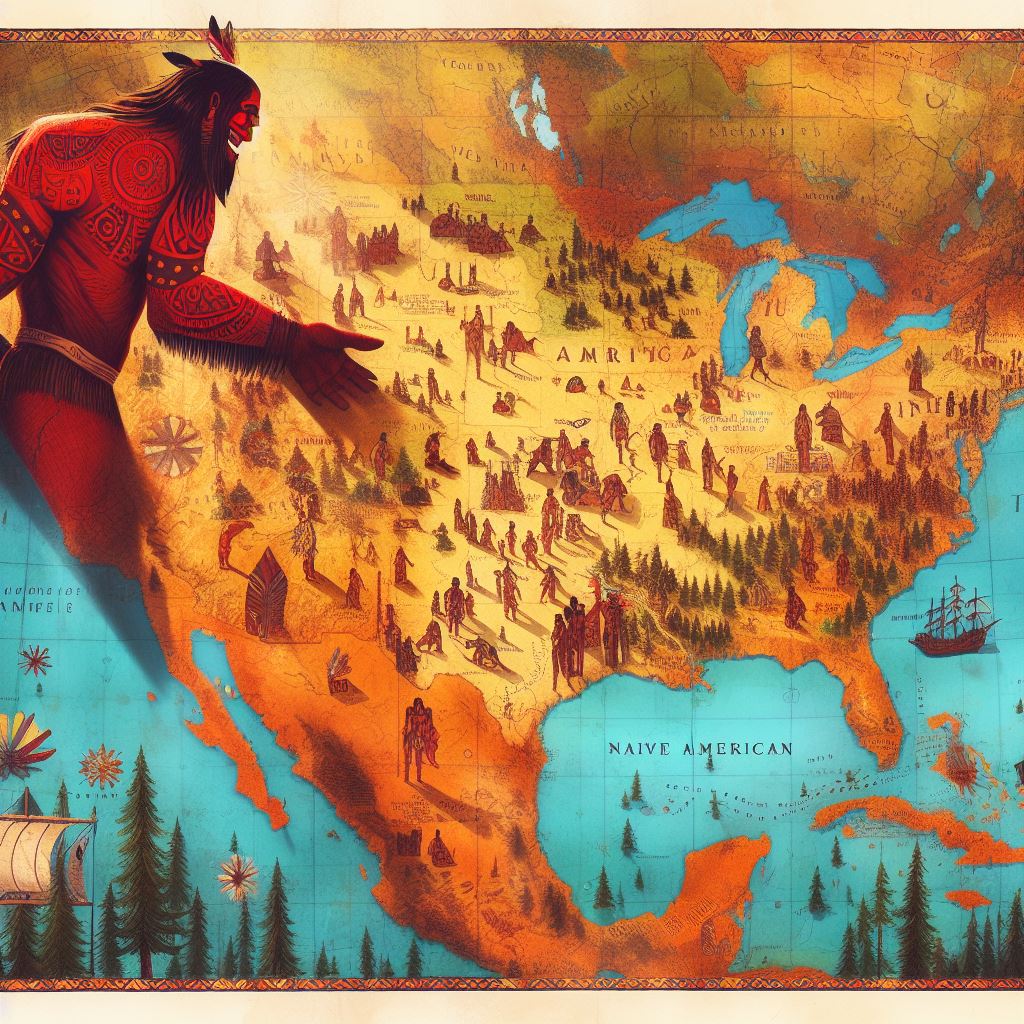
Dr. John Haywood’s 1823 work provides a vivid account of giant skeletons and artifacts found in Tennessee. His findings include numerous giant skeletons, some in unique burial contexts, and artifacts ranging from stone axes to ivory beads.
Both North and South Carolina have their own histories of ancient mound cultures, marked by discoveries of ancient spearheads, pottery, and unusual skeletal remains. The significant mica mines in North Carolina, in particular, have been a crucial resource for mound builder cultures, supplying materials for various ornaments and decorations found in mound builder sites across North America and Mexico.
The Poverty Point complex in Louisiana, predating the Cahokia mounds near St. Louis, holds a significant place in the history of ancient American sites. Recognized as an ancient temple site and a major trading hub on the Mississippi River, Poverty Point’s construction consists entirely of earthworks. Spanning about 500 acres at its core, the site encompasses a larger area along the river terrace, extending over three miles. The site’s distinct feature is a series of six concentric, crescent-shaped ridge earthworks, interspersed with radiating aisles from the riverbank center. Several mounds are also present both inside and outside these earthworks. The site, named after a plantation, that once surrounded it, was nominated by the United States for inclusion on the UNESCO World Heritage List in 2013.
Most artifacts found at Poverty Point are small, baked loess forms, commonly referred to as “Poverty Point Objects” or PPOs. Their use has been debated, but recent experimental archaeology suggests they were used in cooking, specifically in earth ovens to retain heat. This practice was a precursor to stone boiling, a necessity in areas lacking suitable natural stones, leading to the creation of artificial cooking aids.
Recent theories, however, challenge the idea that these clay balls and fire-pits were solely for cooking. Connections between Poverty Point and the copper-rich Great Lakes region have led some scholars to propose that the site was involved in refining copper for trade. This hypothesis posits that raw copper was transported from Michigan during summer and refined in Louisiana’s milder winter climate for manufacturing and trading.
While skeletal discoveries at Poverty Point are uncommon, notable finds in nearby areas include a discovery in Winnsboro, LA, where workers unearthed remains of unusually large stature, with some jawbones large enough to encircle a baby’s body. In Moundville, Alabama, over 400 skeletons were excavated, dating back to 3,000 B.C., with the largest skeleton measuring 7 feet 6 inches tall.
In Texas, notable archaeological findings have also emerged. In 1931, a Federal WPA archaeological team in association with the University of Texas discovered what was then considered the largest human skull. This skull, found in Victoria County, was reportedly twice the size of a normal human skull. These findings were examined by Dr. Hrdlickson from the Smithsonian, leading to speculation that humans might have inhabited Texas as far back as 40,000 to 45,000 years ago.
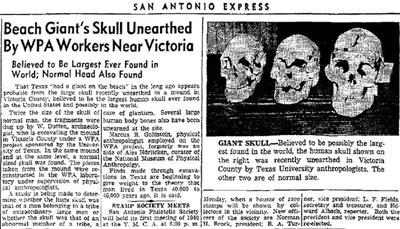
The Poverty Point complex in Louisiana, predating the Cahokia mounds, is an ancient and crucial temple site and trading center on the Mississippi River. The site, primarily made of earthworks, spans about 500 acres with an extended area along the river. It features six concentric crescent ridge earthworks and several mounds. Artifacts from Poverty Point, mostly small, baked loess forms known as Poverty Point Objects (PPOs), are believed to be ancient cooking aids, although some theories suggest a connection to copper refining.
In the same region, discoveries like a group of large skeletons in Winnsboro, LA, and 400 skeletons at Moundville, Alabama, some dating back to 3000 B.C., add to the region’s archaeological significance.
In Texas and surrounding areas, significant findings include pottery and copper work from the Caddo culture, extending across Northern Texas, Oklahoma, Louisiana, and Arkansas. These findings resemble those from Minnesota and Cahokia, indicating a widespread cultural exchange.
The Western Desert Regions of the United States, once home to a vast freshwater lake called Lake Lohanton, have yielded significant archaeological finds. This includes giant mummies wrapped in fine textiles, dating back to 8000 B.C., found in Spirit Cave, Nevada.
The Cliff Dwellers, traditionally considered a recent tribe, have been linked to construction dating back at least 5000 years. Smithsonian field reports from the early 20th century suggest a much larger population of Cliff Dwellers than previously thought, with differences in skeletal structures indicating they were distinct from current Indigenous populations.
A report from the Oakland Tribune in 1926 details the discovery of extensive ruins in Nevada, indicating a large and sophisticated ancient city.
The Pacific Coast also holds its share of giant-related discoveries. The Death Valley Temple of the Giants, discovered in the 1940s, contained skeletons of giants and a variety of artifacts and extinct animal remains. In California, multiple discoveries of large skeletons and extensive artifacts have been reported, including significant excavations by the Smithsonian in the 1930s.
These discoveries across the United States contribute to an increasingly complex and fascinating picture of the ancient peoples who once inhabited these lands, their cultures, and their extensive trade and communication networks.
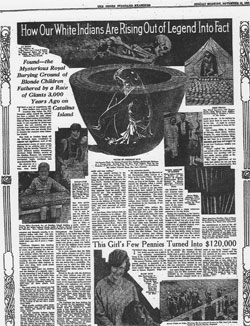
The discoveries on Catalina Island, California, in the 1920s are among the most astonishing in American archaeology. Owned at the time by the Wrigley family, known for their chewing gum empire, the island became the site of extensive excavations led by Professor Ralph Glidden, under the auspices of the Catalina Museum.
Glidden’s findings were groundbreaking. His team unearthed 3,781 skeletons, attributed to a race of blond-haired giants. Among these, the tallest, presumed to be a king, stood at an impressive 9 feet 2 inches, while the average height of these skeletons was around 7 feet. In addition to these skeletal remains, the team discovered a megalithic temple, reminiscent of the Stonehenge era. Radiocarbon dating later indicated that some of the unearthed skeletons were approximately 7,000 years old.
For decades, the evidence of these findings faced skepticism and denial from major institutions like the University of California and The Smithsonian. These entities dismissed the discoveries, leading to a significant gap in public knowledge and acknowledgment of these findings. However, in 2011, it was finally acknowledged that the evidence for these discoveries, including detailed field reports and numerous photographs, had been kept from public view, stored in restricted-access areas of the Smithsonian. This admission brought to light the scale and significance of the Catalina Island discoveries, reshaping understanding of the ancient history of North America.
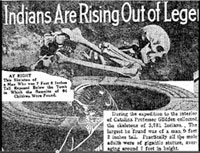
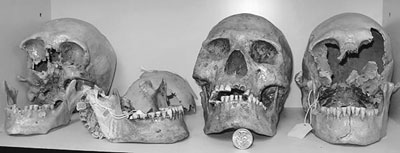
The Paiutes, a Native American tribe from northwestern Nevada, hold an ancient oral tradition about a war against a formidable enemy tribe known as the “Si-Te-Cah.” According to their lore, the Si-Te-Cah were a tribe of red-haired, cannibalistic giants. The Paiutes recount a pivotal and fierce battle where they trapped these giants inside a large cave. To ensure the giants could not escape, the Paiutes set the cave on fire. As the story goes, any giants attempting to flee the cave were met with a barrage of arrows, fired relentlessly by the Paiutes. This tale is a significant part of Paiute oral history and contributes to the rich tapestry of Native American folklore and mythological narratives.
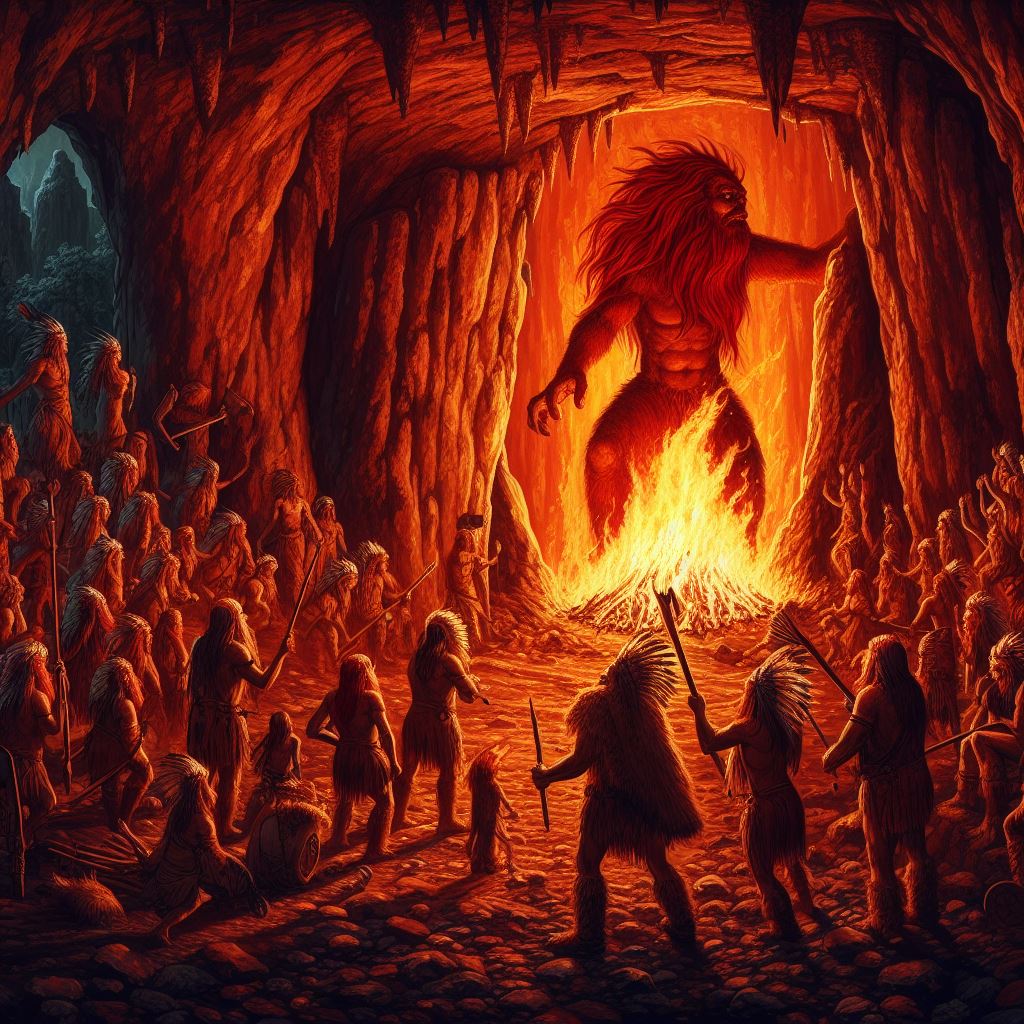
The Historical Context of Sarah Winnemucca’s Account
Sarah Winnemucca’s 1883 autobiography, “Life Among the Paiutes,” is notable for being the first autobiography written by a Native American woman. In her book, Winnemucca, the daughter of Paiute Chief Winnemucca, recounts the history and legends of her people, including the story of the red-haired “People Eaters.” This tribe, as per Paiute oral tradition, was a race of cannibalistic giants whom the Paiutes eventually exterminated. Winnemucca also mentions a family heirloom, a garment adorned with the red hair of these giants, which was passed down through generations, signifying the importance of this legend in Paiute culture.
The Discovery in Lovelock Cave
In 1911, a mining operation led by James Hart in Lovelock Cave, located northeast of Reno, uncovered significant archaeological findings. While excavating bat guano, the miners found numerous artifacts, remnants of burnt arrow shafts, and evidence of a fire that had blackened the cave’s ceiling. Most intriguing were the skeletons and skulls of unusually large proportions, aligning with the Paiute legends of giant adversaries. These findings in Lovelock Cave have since added a layer of intrigue and debate among historians and archaeologists about the veracity of the Paiute legends and the possibility of a race of giants having once inhabited the region.
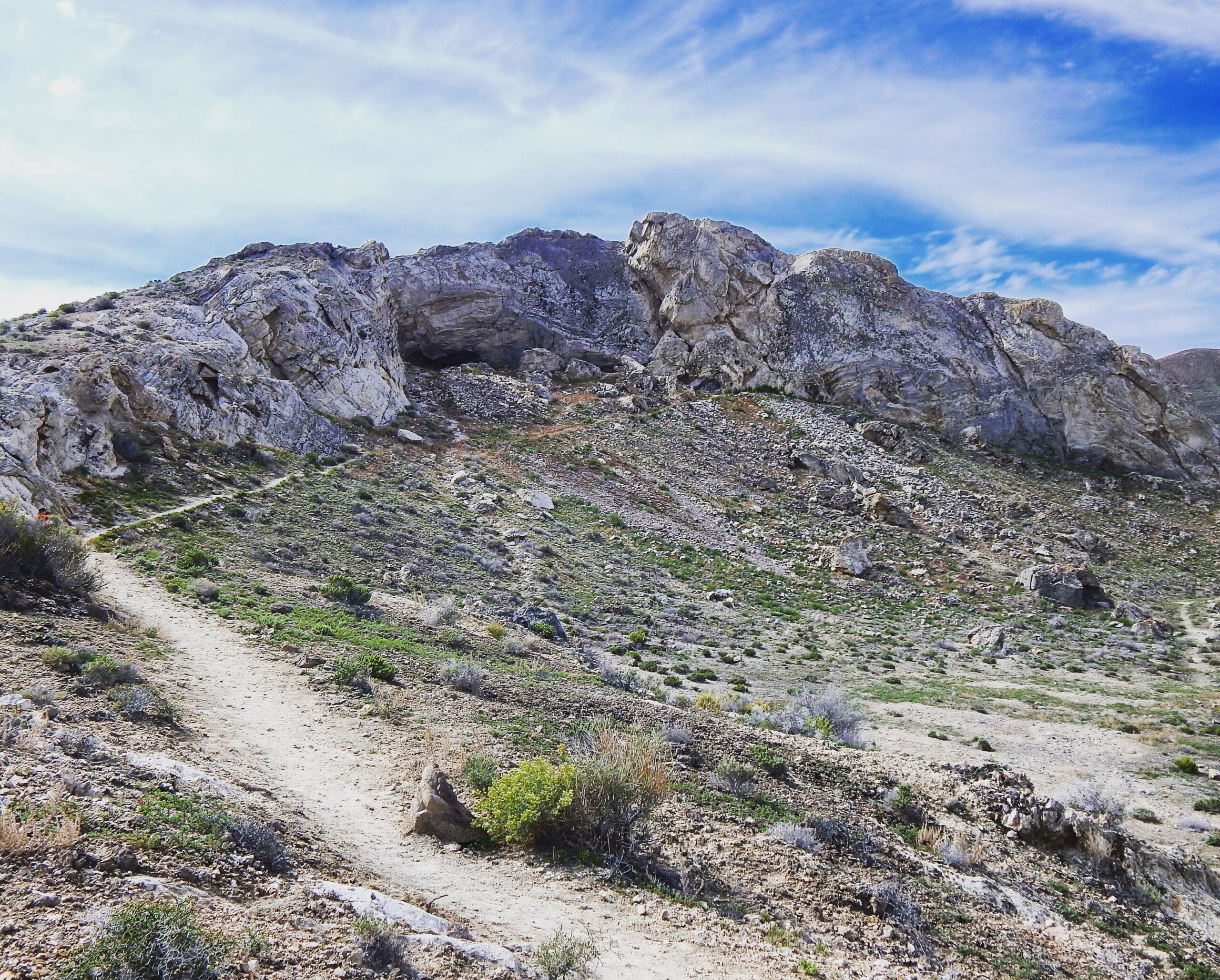
There are numerous stories from the native cultures of America about giants discovered in cryostasis or through resurrection technology. Some believe that the true motive for the invasion of Iraq was to take control of the grave of Gilgamesh and claim the resurrection technology. I have even written an article about this topic. Gods 10 Plagues Against Egypt (Part 2) & Tomb Of Nephilim Giant Gilgamesh Found & Hillary Asks For Access To His Resurrection/Rejuvenation Technology In Leaked Emails – Truth Mafia
I wrote a blog last week about the discovery of giants in cryostasis in Utah. You can check out the blog via this link. Nephilim Giants Found In Brewer Cave – Truth Mafia I want to clarify that some of the images used in this article were created using AI. I intended to provide a visual representation of the topic to help readers understand it better. It’s amazing to see how artificial intelligence can transform ideas into art. However, many people struggle to create compelling images using AI, while I have mastered it.
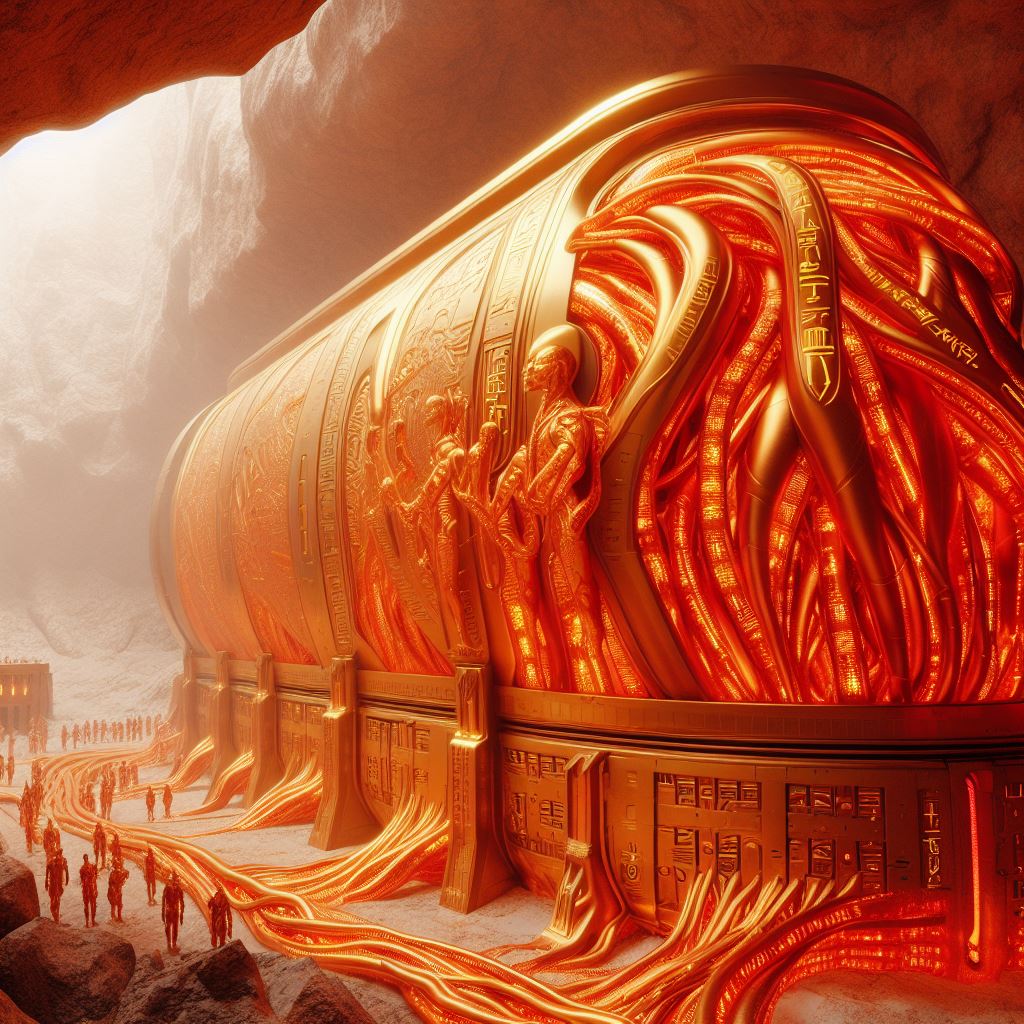
I hope you enjoyed reading this blog post as it took me a long time to put it together. I appreciate your feedback, so please leave your comments below.
Furthermore, I believe that the elites are taking DNA from Nephilim giants to create an army of entities. This is reminiscent of the days of Noah when there were giants on Earth. As truth seekers, we should be aware of these events and the potential consequences.
Thank you for reading, and I look forward to sharing more insights with you in the future.
Sincerely,
Tommy Truthful

Source of the Article rewrote.
Check out some of our other content by clicking on the links below.
Israel Palestine: Anunnaki War The New World Order
“Black GOO: The Fallen Angel Tech Revolutionizing Consciousness Transfer”
Netflix The Fall of the House of Usher’: A Dark Dive into Soul-Selling Decoded
THE SATANIC HIP HOP INDUSTRY EXPOSED: FOLLOW UP (PART 9)
Matthew Perry dies at age 54 in a 128 Ritual Like Tommy Truthful and Doenut Factory Warned!
-

Hey guys, Tommy Truthful here, leader of the Truth Mafia, CAPO DEI CAPI. I built one of the biggest alternative media conglomerates in the world, brought together some of the biggest names in the game in the truth-seeking community to combat censorship. People ask all the time how they can join the Truth Mafia. You can't just join; I have to notice you. My team and I research to ensure you have no government ties before we bring you into the family. If you'd like to get your personal decode done by Tommy Truthful and find out your role in this simulation we call life, then links are below.
🔮 The Ultimate Reading- Just $26! 🔮 For only $26, you'll receive an extensive Email Decode from Tommy himself. Just a click on the link below! https://www.truthfultv.com/book-online View all posts


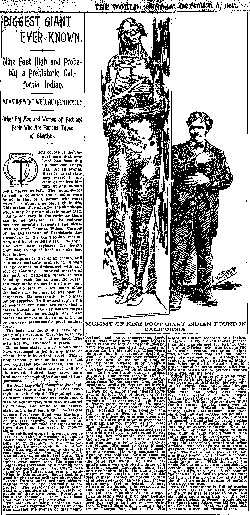
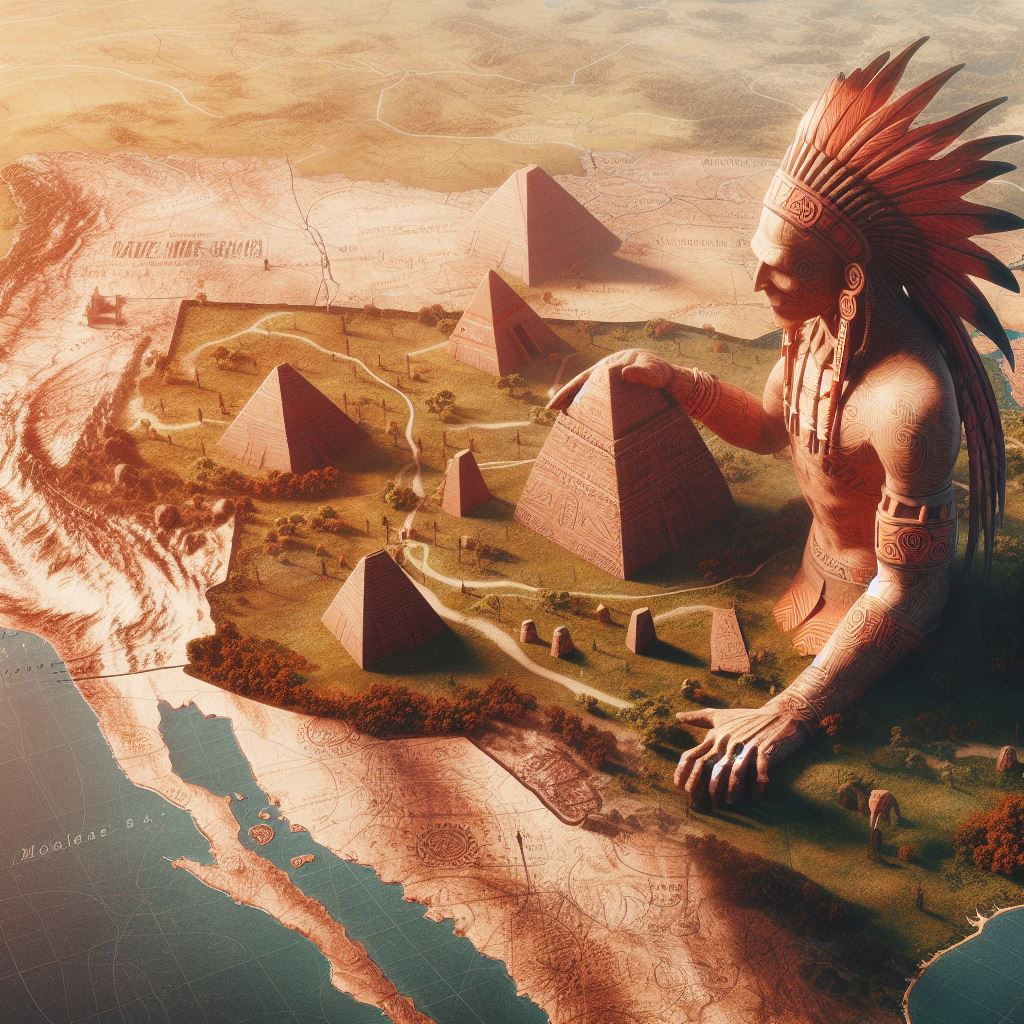




Great blog T this honestly could be my favorite one you have done. Awesome stuff brother so interesting.